Graphics card is the overstrained component inside your PC while gaming. It has many components inside it which are used to do millions of process/operation or instruction during gaming due to this your CPU components get an increase in temperature. Overheating of GPU leads to the failure of your Graphics card. It also affects many components inside it. Your graphics card are designed to withstand the temperature up to 80 degrees( in Celcius). The idle temperature of the graphics card is 50 degree. There are many reasons for GPU to get very hot or increase in temperature but the main one is gaming or heavy graphics processing tasks. Overheating leads to the damage of GPU and it may damage the motherboard also. The overheating can decrease the lifespan of your GPU.
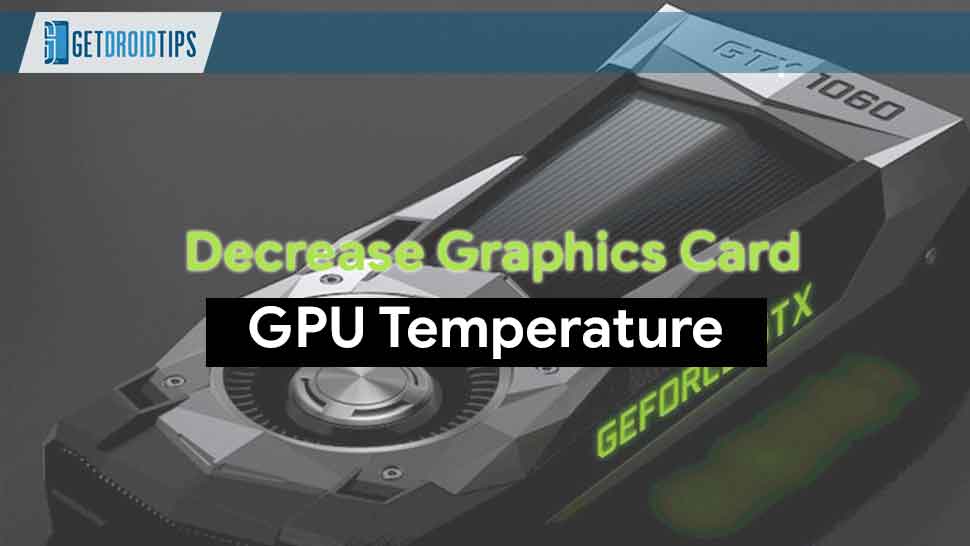
Page Contents
Monitor GPU Temperature
Monitoring your GPU temperature over time is important to keep your GPU under the safe temperature level. There are several GPU monitoring software available on internet which you can use it for free of cost. The most famous one is GPU Temp software which is free to use and it can monitor many things and it can also be used for overclocking.
[su_note note_color=”#fffee8″ text_color=”#000000″]Read: The Complete Graphics Card Troubleshooting Guide[/su_note]
Step to Decrease Graphics Card Temperature
Here is the complete guide to decrease the graphics card temperature.
Clean Fan/heatsink regularly:
Dust can be a major issue which can decrease the performance of your graphics card. The dust can easily accommodate on the fan and the heatsink of your graphics card. For cleaning first, open the PC case and then remove your graphics card from your motherboard. Then clean it with a small brush or cloth and blow air (use air blower) over the dust inside the graphics card and remove it thoroughly. After this put your graphics card again in the motherboard and then start monitoring the temperature using GPU Temp software tool. If the problem still persists then you have to check for the other reasons which are following below
Faulty Fan:
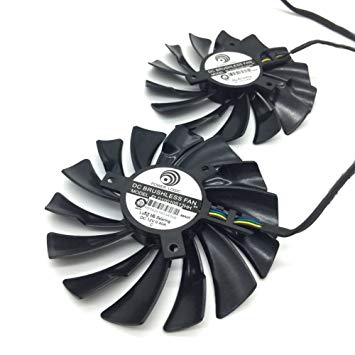
If the fan of the graphics card is spinning very slowly or not spinning then it might be faulty. Then you have to replace the fan of your graphics card with newer one. You can also speed up your fan speed by overclocking software if your fan is not spinning at full speed. Most fans have automatic speed control which reaches the maximum speed when the graphics card is working on the full swing during gaming.
Add Cooling solution/cooler:
Your graphics card already comes with the cooling solution but in some situation(most graphics card uses only heatsink fan which is not good enough), it won’t help to reduce the temperature of your graphics card, in this case, you can add some third party cooler/cooling solution to reduce the temperature of your graphics card. The water/liquid cooler is good at reducing the temperature of your GPU. Before buying it you have to sure that it fits properly over your graphics card otherwise your wasting money on it.
Add Extra Fan inside PC/Increase airflow inside PC:
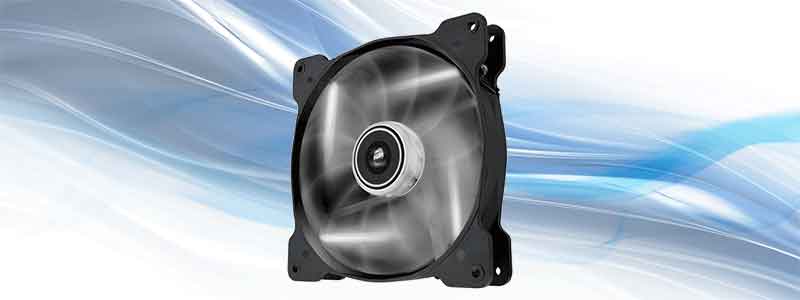
If there is no proper or bad airflow in your PC case then you’re dealing with many problems. Make sure you have a good airflow inside your PC if not add some extra exhaust fans inside PC. You need a good PC case (roomy PC case) to add such ventilation for exhaust fans.
Thermal Paste:
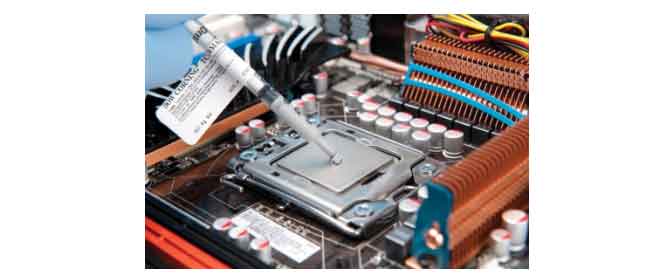
There may be a reason for the increase in temperature due to the thermal paste because of the thermal paste may be lost its effectiveness due to overheating or its span of life. Thermal paste is meant to lasts for several years but in some cases, it may lose it potential like taking/shaking cooler or heatsink from the CPU. For applying thermal paste, you have to remove the fan and heatsink and remove the residue of older thermal paste and then reapply the thermal paste over the CPU and place the heatsink over it. We recommend using Noctua NT-H1 because it has an incredible lifespan.
[su_note note_color=”#fdffed” text_color=”#000000″]
- 5 Best Thermal Paste for CPU You Can Buy Today
- How to Apply thermal paste to CPU/GPU for Proper PC Cooling
[/su_note]
Disable Overclocking:
By overclocking your graphics card you are making your graphics card to work on full potential which may lead to the overheating of GPU. If you have overclocked your graphics card for better performance then you have to revert it back to the GPUs original clock setting. You can downgrade or disable the overclocking of your graphics card by using overclock software or tools. If you disable the overclock then your GPU temperature drops by instantly and the clock frequency or speed is also get decreased.
Update drivers/install the correct driver:
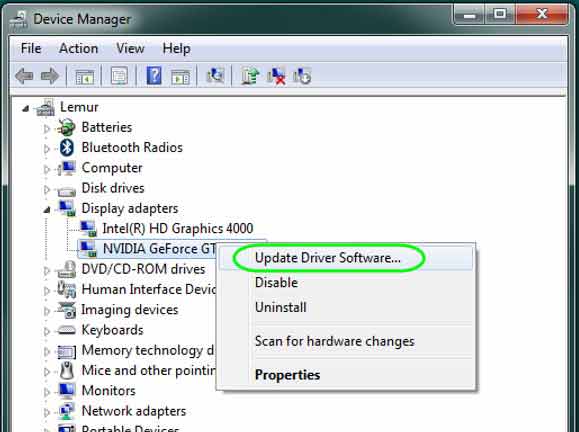
Update of the driver for your graphics card is essential. Most manufacturers provide the timely update for your graphics card if you didn’t update it cant handle such operation and end up an increase in temperature. If you have installed the wrong driver for your graphics card then it may lead to failure of the graphics card. So you have to update the correct driver version of your graphics card provided by the manufacturer.
The above cases or factor are the overheating issues in your motherboard which can be minimized by taking necessary action at right time. Though overclocking is not good for any graphics card components and other components (such as processor, memory and other) and it may lead to overheating of your CPU.
